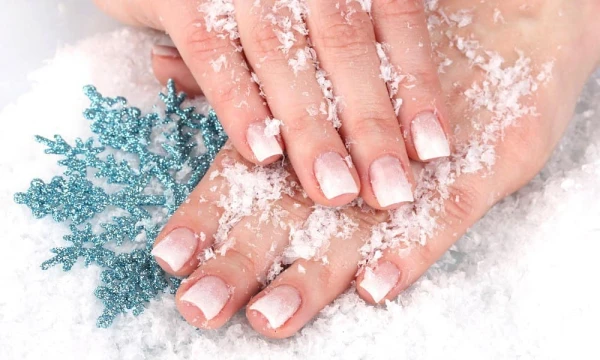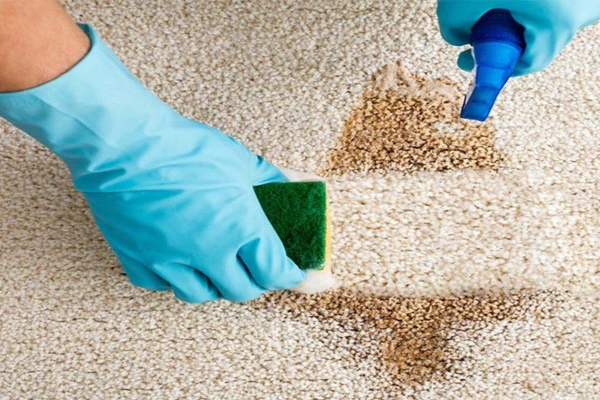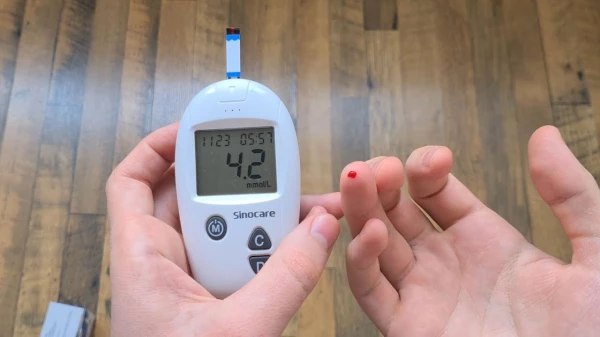
In winter, hands are the first to react to frost, wind, and dry air, causing the skin to quickly become dry and sensitive. To keep it soft and well-groomed, it is important to provide regular protection and nourishment during the cold season.
Choose the Right Winter Cream
Winter care requires products with a high content of lipids and nourishing oils — shea, jojoba, or olive. They help restore the water-lipid balance and retain moisture in the skin. Allantoin accelerates regeneration, vitamin A supports cell renewal, and vitamin E maintains hydration. Together, these components improve skin texture and prevent vitamin deficiency.
In case of pronounced peeling, you can use pharmacy liquid vitamins. Mix them, apply to your hands, put on plastic gloves, then cotton gloves, and leave for twenty minutes or overnight.
The cream should be applied after each hand wash, and before going outside — at least 40 minutes prior. It is important that the winter product contains as little glycerin as possible, as it reduces oxygen access to the skin.
Due to the almost complete absence of sebaceous glands, the skin on the hands requires additional nourishment year-round.
Prepare Homemade Masks and Creams
Frequent moisturizing and nourishment is the best prevention against dryness. Many effective products can be made at home. For example, an oil-honey-herb cream. Mix ½ tsp each of plantain, succession, chamomile, and calendula, pour with a cup of boiling water, and cover. After 6 hours, strain. Beat 50 g of butter with 1 tsp of honey, add 1 tsp of the infusion, and mix thoroughly.
A mixture of 2 tbsp of coltsfoot and a cup of hot milk will help soothe windburned skin — it can be applied after an hour. To prevent dryness, a 20-minute bath with chamomile, sage, dill, and linden blossom with salt will help. After the procedure, it is necessary to dry the hands and apply a thick cream.
Wash Your Hands Carefully
Use warm water — hot water provokes dryness. The cleansing product should be as gentle as possible: natural oil-based soap or gels with delicate plant surfactants like Magnesium Laureth Sulfate and Coco Glucoside will do. In winter, it is better to completely avoid products with Sodium Lauryl Sulfate and Sodium Laureth Sulfate, as they aggressively affect the skin.
Monitor the Condition of Your Skin
Red spots, localized peeling, and pronounced roughness can be signs of cold allergy. It appears not due to the cold itself, but against the background of a weakened immune system. In this case, no cream will provide noticeable results. Do not delay a visit to the doctor: a specialist will select therapeutic ointments, a diet regimen, and determine the need for medications.
Homemade recipes — pine cone decoctions, contrast baths, or warm oil wraps — only work as support and do not eliminate the cause of cold allergy.
Choose Gloves Made of Natural Materials
Synthetic gloves do not retain heat well and do not protect against severe frost. Overcooled skin becomes sensitive to any irritant, and artificial fibers can cause allergic reactions. In such cases, even the most nourishing cream will not help — a dermatologist's assistance will be required.












